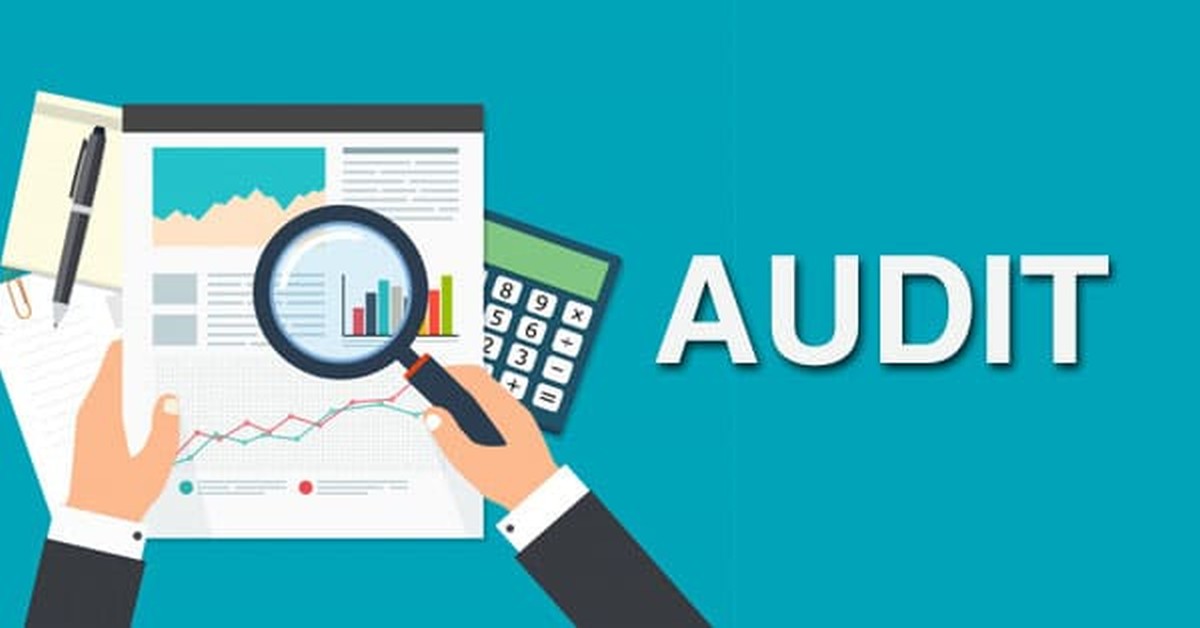Audit Quality Maturity Model (AQMM) is a tool for self-evaluation of audit firms & sole proprietor towards technological driven mechanism to increase the operational efficiency. Since the business world is fast changing, it is imperative for the audit firms to adopt new technologies like Data Analytics and Robotic processes. The recent development in the technology have significantly changed the way the audit is done these days. The focus of Audit Quality Maturity Matrix is to ensure continuous improvement of audit firms. Presently, the Audit Quality Maturity Model is recommendatory in nature.
The Audit Quality Maturity Model Version 1.0 focuses on the audit firms auditing the following:

- Listed entities
- Banks - other than co-operative banks
- Insurance companies
Audit firms doing branch audits are however not covered
Criteria on which the audit firms are evaluated are
- Section 1: Practice Management - Operations
- Section 2: Human Resource Management
- Section 3: Practice Management - Strategic / Functional
In this article, the requirements to ensure compliance with Section 2: Human Resource Management is discussed.
2.1 Resource Planning & Monitoring as per Firm's policy
|
Sl. No. |
Requirement of AQMM.V.01 |
Implementation methodology |
|
1. |
Employee / Resource planning based on skill set requirements, experience & other criteria |
The planning has to be decided which will provide the basis of 'Time budget'. *As per the requirement of Section 1 of AQMM.V.01 Resource Planning will help to prepare the budget and variance analysis. |
|
2. |
Methods / Tools used by the firm for resource allocation |
Generally, a software for tracking attendance of leave management which can be integrated with operations or Use of spreadsheets, or any workflow tool for the resource allocation. |
|
3. |
Tracking employee activity to see the employee productivity |
The 'Time sheet' maintained would be helpful to track the employee activities |
|
4. |
Adherence to the minimum staff ratio |
The firm can maintain the minimum staff to partner ratio, partner to manager ratio, manager to article and client staff ratio |
|
5. |
Monitoring of utilization and realisation rate per employee |
|
|
6. |
Resource plan for each engagement and file it for reference |
Time budget for each engagement can be used. |
2.2 Employee Training & Development
|
Sl. No. |
Requirement of AQMM.V.01 |
Implementation methodology |
|
1. |
Employee Training Policy |
The firm need to develop a policy for training which will be part of the Audit Manual |
|
2. |
Number of professional development hours / days spent per employee |
The training policy needs to address the general training as well as specialize training with a mechanism to record the training details |
|
3. |
Development of technological skills |
The focus is on the Block Chain technology, Artificial intelligence, Data Analytics tools etc |
|
4. |
Performance Management culture |
The focus of the performance management is to ensure that suitable rewards are given to high performing employees and those who demonstrate high level of quality & ethics |
2.3 Resource Turnover & compensation management
|
Sl. No. |
Requirement of AQMM.V.01 |
Implementation methodology |
|
1. |
Evaluation of team composition to overall build the team strength |
The composition basically refers to the number of managers, Asst. Manager, paid assistants and article assistant. |
|
2. |
Review of employee turnover and measures to maintain it at minimal |
The procedure would be to adopt proper employee feedback to ensure that the causes of employees leaving the firm are addressed and proper measures are taken for the same. |
|
3. |
Statutory contributions including health benefits & other benefits available in the firm for staff members and partners. |
The firms need to address the issues of providing statutory benefits & other benefits for retaining the employees. |
|
4. |
Monitoring the progress of employees |
Proper monitoring for the progress of employees which include engagement level review and overall performance evaluation |
|
5. |
Standard of recruiting employees |
The focus has to be towards proper assessment methodology, evaluation of the quality of work to the job and culture. |
|
6. |
Mapping of compensation with the knowledge and experience level of employees |
The compensation policy needs to address the knowledge and experience level of employees |
2.4 Qualification skillset of employees and use of Experts
|
Sl. No. |
Requirement of AQMM.V.01 |
Implementation methodology |
|
1. |
Number of professionally qualified employees. |
For a firm which primarily offers statutory audits and tax audits services, the evaluation has to be done based on the number of ACA / FCA in the firm. |
|
2. |
Post qualification courses done by the members or similar certification from other professional bodies |
DISA & IP are the courses which may be required for Information system audits or winding of the companies. A GST practitioner may need to obtain |
|
3. |
Specialization courses & certification |
The ranking here is based on the newer areas or international qualifications |
2.5 Performance Evaluation
|
Sl. No. |
Requirement of AQMM.V.01 |
Implementation methodology |
|
1. |
KPI for performance evaluation |
The HR policy may need to decide on the KPI which can be quality of work, additional qualification or specialization done by individual members |
|
2. |
Frequency for evaluation |
The frequency of evaluation and consistency forms a major part. Generally, the evaluation is done yearly basis |
|
3. |
Review of the engagement partner |
Review of the engagement partner is an important criterion based on the results of each engagement |





 CAclubindia
CAclubindia
